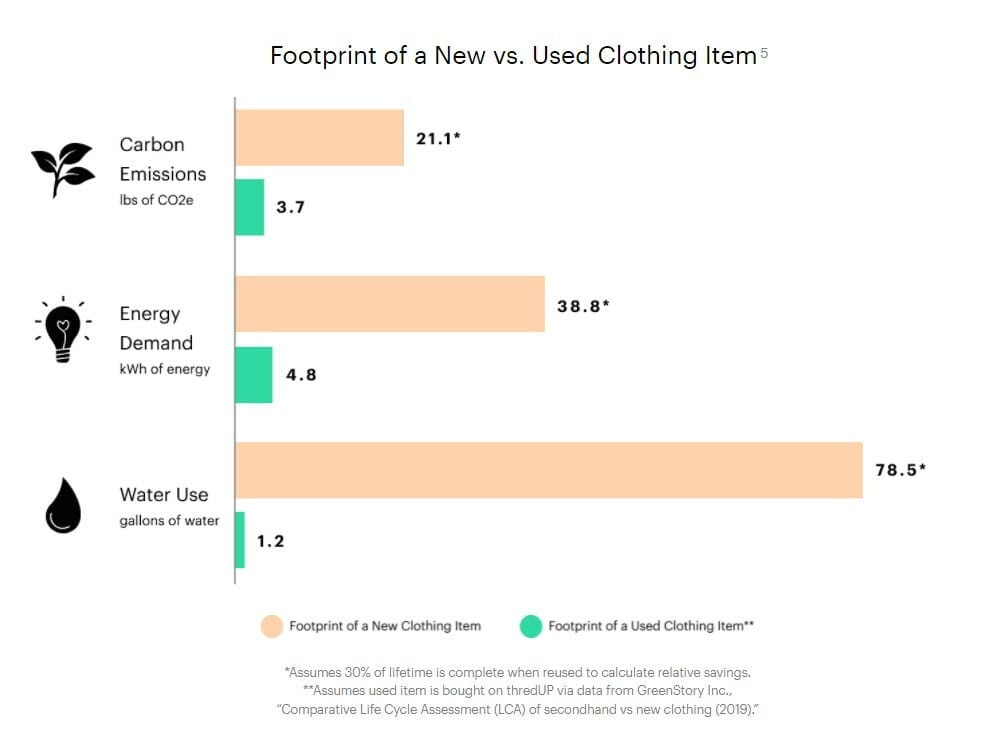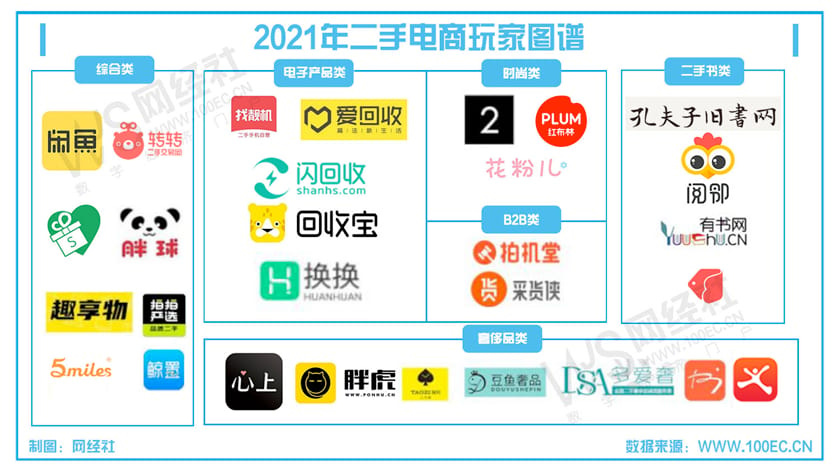🥣Is Secondhand E-commerce the next big trend in China?
The Shift Towards Sustainable Consumerism
Good morning! This is the Green Cereal, your healthy and crunchy newsletter on China ESG.
Make sure you stay informed with our newsletter because when banks break (SVB, Credit Suisse, etc), our puns won’t!
Here is what we got for you this week:
Analyzing China’a secondhand market through China's 14th Five-Year Plan
Deep dive into China’s secondhand market consumers
Is secondhand e-commerce the next big trend in China?
The Chinese term “二手” - literally translated as “Secondhand”, describes items being used or owned by more than one pair of hands.
China’s second-hand market surpassed 1 Trillion yuan (USD 147 billion) in 2021 grew 5x vs. 2015. It is expected to reach USD 440 billion by 2025.
Caption: Secondhand E-commerce GMV & YoY Growth in China 2015-2021
We think China entered a new phase of consumer economy where customers are more price and quality sensitive. The unprecedented simultaneous growth of the economy and culture in China seems to speed up many industry transformations. Will the secondhand and resale market be next and what would be the “Chinese way”?
Most industries are highly correlated with Chinese government policy (i.e. education 📉). Hence we try to connect the dots between key themes in China‘s 14th Five-Year Plan with the secondhand market and justify its growth .
Some key themes:
“扩大内需” (Creating Internal Opportunities)
“产业升级&消费下沉” (Industry Upgrade & Market Widespread)
“綠色發展/绿色发展” (Green Development)
“扩大内需” (Creating Internal Opportunities)
Apart from strategic competition in high-tech areas like semiconductors, sustainable energy, and trade relations with major superpowers, China is specifically hoping to strengthen its domestic economy given the unforeseen future.
Coincidentally, covid lockdowns and sustainability policies are boosting domestic e-commerce and specifically secondhand sectors, facilitating more internal trades and product circulations within China.
“产业升级&消费下沉” (Industry Upgrade & Market Widespread)
Secondhand market has lots of room for growth. Secondhand market is only 5% of China’s overall luxury market (US 31%, Japan 28% in 2021)
Secondhand market is experiencing that growth from users & investments.
223 mil users in China in 2022 (70% of total US population).
Amount of investment grew 300% YoY to RMB 5.8 billion.
This shows a shift in consumerism, especially in younger generations and top-tier cities.
With the relatively sluggish economic growth and eco-friendly movement, the data concurs that better products and services would survive and become more available among all tiers of population.
“綠色發展/绿色发展” (Green Development)
Example of emission reduction on clothings
Wearing secondhand clothing can reduce ~80% of CO2e footprint!
Secondhand culture essentially helps the market itself eliminate low quality and inefficient production while maximizing product lifespans for value consumers. (Generally, it’s more “Green” and energy-efficient.)
Full-cycle energy consumption in major consumer products in China has been gradually lowering down from multiple causes. (Though only under a short measurement period so let’s see if China can really keep their promises.)
Deep dive into China’s secondhand market consumers
Source: Frost & Sullivan, IEEE of Tsinghua University
What do they care about? Surprisingly product authenticity isn’t the most concerned attribute of a trading platform, but price-performance ratio and early disclosure on product quality (Honesty is gold…)
Where do they shop? Biggest secondhand platform are ZhuanZhuan (Tencent) & Idle Fish (Alibaba).
What do they buy mostly? Electronics, Books, Clothes.
The already sophisticated e-commerce systems could explain so where leading platforms claim to provide verification services and friendly return policies. These allow quicker turnover and reverse transactions for dishonest trades. (A common practice in China on growth KPIs!?).
Caption: Chinese secondhand mobile applications by type 2021 (i.e. books, fashion)
Viewers could also visit here to have a quick glimpse of an overview of China secondhand market produced by CGTN.
SO WHAT? We believe that the shift in consumer behavior and growth in the secondhand market is just a natural transition after the precedent period of lifestyle upgrades and desire for luxury goods. Looking ahead, we think it is time for brands to reconsider their marketing and positioning for China!
That’s it for this week. Stay crunchy!













